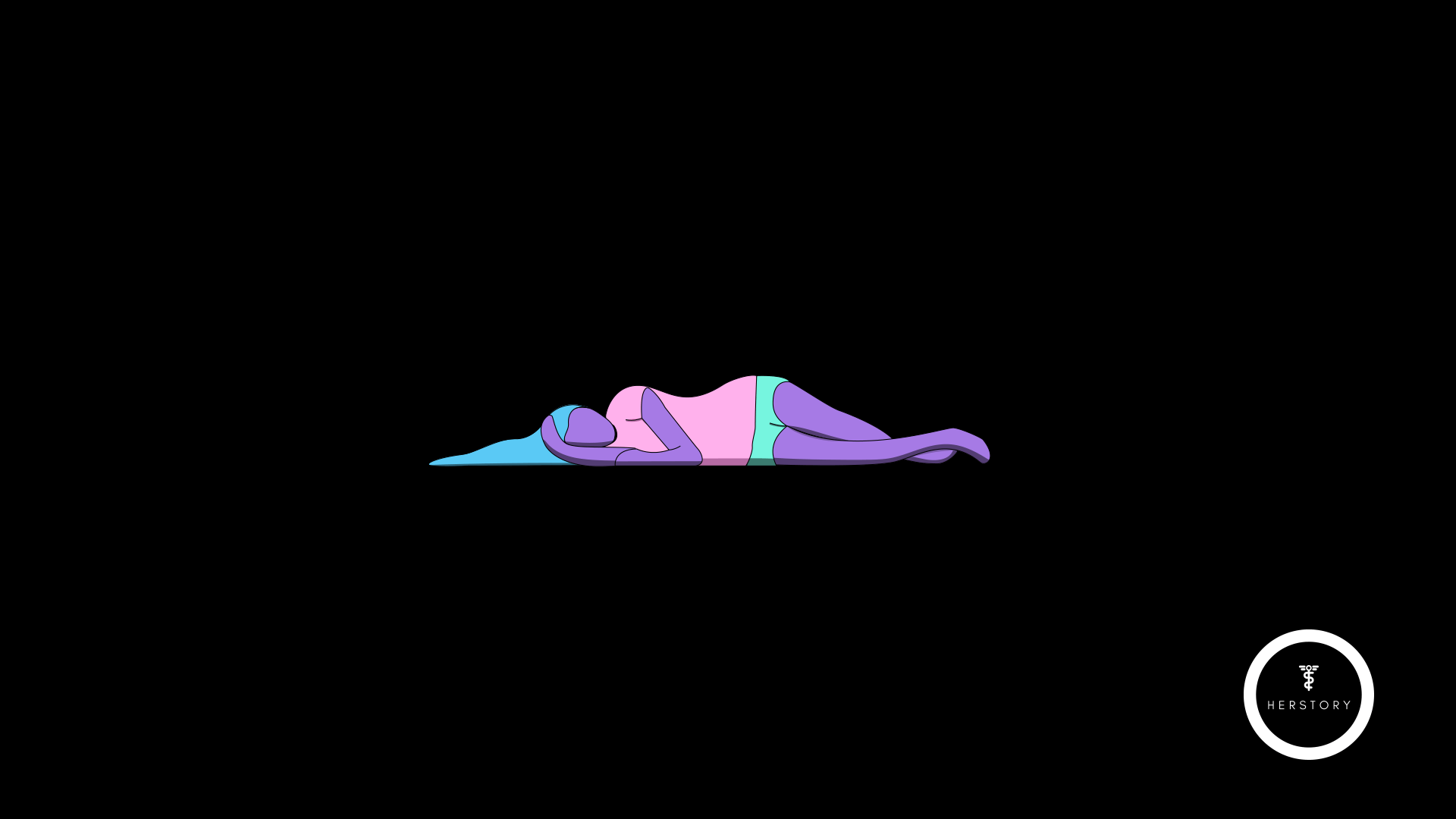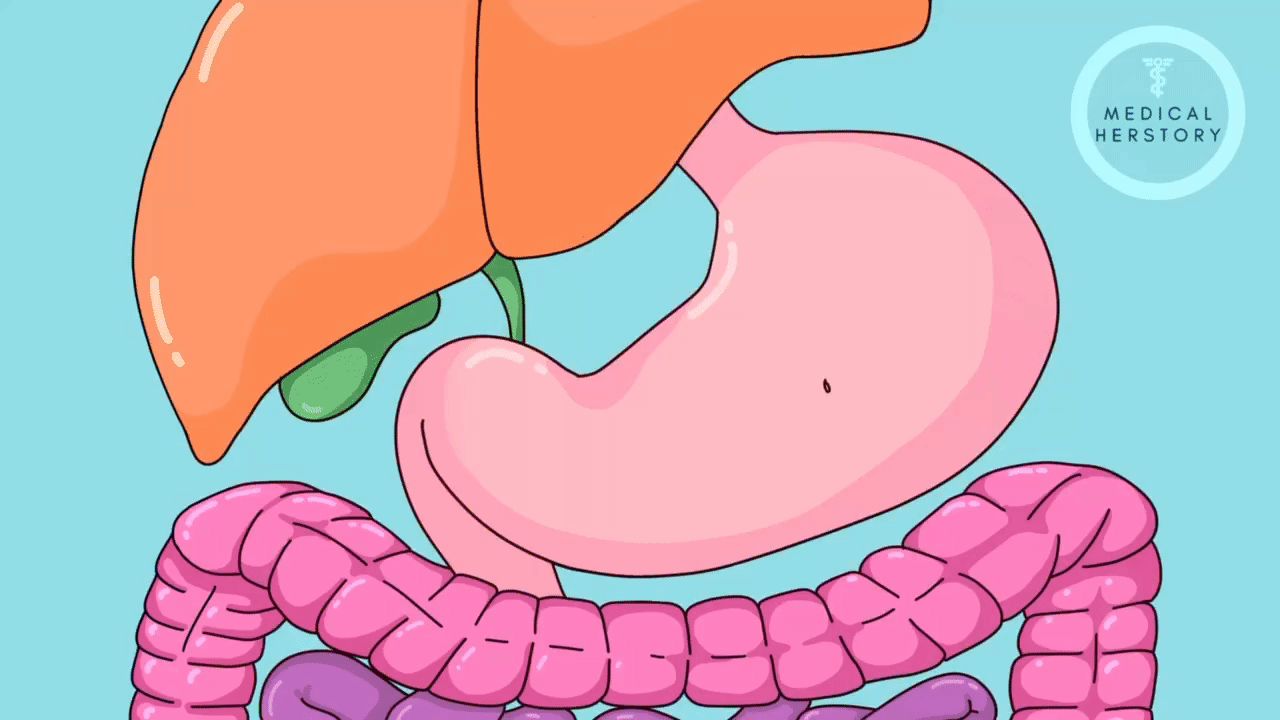I noticed my first bald spot five years ago when I was scrolling through candid photographs that my sister had taken of me while we were on vacation. At the time, it was no big deal to me; I attributed it to poor hair maintenance and vowed to purchase some restorative hair products the next day. I thought nothing else of it until I noticed that I was shedding a ridiculous amount of hair a few years later in university. A quick Google search yielded stress as the most likely cause, which made sense to me at the time because I noticed the hair loss during my final exam period. As I played with my hair while procrastinating at the library, strands would clutter my desk. My next move was to buy a conditioning hair mask to see if that would stop the hair loss. Spoiler: it did not.
I became more obsessive over how much hair I would lose in a day, going so far as to count the number of strands that fell out during my showers. Then, the strands turned to clumps. Granted, I was incredibly stressed at the time, but I had figured that there must have been another reason as to why my hair loss was worsening. With exams still going on, I forced the issue to the bottom of my priority list, bought a bottle of biotin vitamins, and carried on with my more pressing schoolwork and research. At some point, I actually forgot about it because everything else going on in my life was so hectic. Then the pandemic and quarantine hit and I suddenly had tons of time to devote to my hair loss problem. In fact, somebody else had pointed it out and reminded me of the issue. When I went to see a dermatologist about a suspicious mole at the beginning of the pandemic, he looked at my scalp and took note of my low hair density. After this appointment and months of wearing my hair in a low-maintenance bun, I finally sat myself in front of a mirror at home and parted my hair to observe how severe my hair loss had gotten during the time I neglected to address it.
My first instincts when I saw my bald spots were to panic and cry; it was even worse than I could have imagined. My hair density was probably one-third of what it was years prior. Growing up, I had a whole head of thick, luscious hair that I never imagined I would lose. My hair had always been intimately tied to my conceptions of beauty and confidence, and I watched helplessly as I tried pulling my hair into a high ponytail, only to discover that no matter how I styled it, streaks of scalp were visible underneath a thin layer of hair. Up until this point, I had not realized how much my hair mattered to me and I mourned the loss of hairstyles I could pull off while still hiding any bald spots. Because of the pandemic, I could not seek help from professionals for months. In fact, staying home throughout much of the pandemic actually helped me come to terms with my hair loss and allowed me to brainstorm creative methods to ameliorate my situation. I took the time to research female hair loss and discovered that it was much more common than I had thought. Furthermore, there were online support groups populated by others who were experiencing the same issues and wished to share their remedies and suggestions. Knowing that I wasn’t alone and that support communities existed reassured me and made me feel better about my situation. After considerable thought, shaving my head bald, buying colorful wigs, and coming up with unique hairstyles to hide any bald spots topped my list of potential solutions to my hair loss. My parents and partner weren’t so keen on me shaving my head, but they have been incredibly supportive otherwise. When I expressed interest in trying to re-grow my hair and promote its growth with serums and vitamins, my mother spent hours researching the best ones on the market and other remedies. Having my parents’ and partner’s support was critical for me to accept and embrace my condition; feeling beautiful in their eyes regardless of my bald spots made me strong enough to forgo the wigs and hats I wanted so desperately to hide my insecurities.
After I moved to Boston for graduate school, I decided to see a dermatologist about my hair loss. A scalp biopsy was performed, and I received a call a few days later from the office asking me to return for my diagnosis. “You have androgenic alopecia,” said the dermatologist with kind, sympathetic eyes. Androgenic alopecia is a genetic condition that affects both men and women, although it is colloquially known as male-pattern baldness. Knowing that I was diagnosed with a condition that is predominantly recognized in men was discomforting.
The name “male-pattern baldness” normalizes hair loss experienced by men and stigmatizes female hair loss, even though the underlying biological mechanisms for pathology may be similar for men and women.
My hair follicles were miniaturized and brittle, which meant that individual strands would fall out very easily if tugged at. I was both relieved and upset. I was relieved because the mystery finally drew to a close and there exists a name for my condition, and therefore some sort of treatment. I was upset because it meant that my hormones were out of whack, this condition is uncommon in individuals as young as me, and I will likely have to spend the rest of my life using expensive hair loss serum formulated for balding men. Fun fact: the brand of hair loss serum I use genders the product such that the male version is twice as strong as the female version, yet the female version is more expensive. Apparently, “male” doses are too powerful for female scalps. My dermatologist scoffed at this and told me to buy the cheaper, stronger male serum. I always knew that my hormone levels fluctuate abnormally; irregular periods plagued me and always took me by surprise when I least expected them (I had to throw away many precious stained pairs of undergarments). I suspected my hormonal irregularities were the underlying cause of my hair loss, but hearing the doctor confirm my suspicions actually made it more difficult for me to swallow my diagnosis. Being told that something in my endocrine system was not working normally was distressing—I felt ashamed that my body was failing at doing its job properly and frustrated that everything was out of my control.
Seeing an endocrinologist was my next move. I needed to determine what exactly about my hormones was causing my hair loss. This proved difficult, as blood tests cannot accurately capture dynamic hormone levels because blood is only drawn once at a random time during the workday. Unsurprisingly, my lab results showed no abnormalities in my hormonal levels; however, my endocrinologist diagnosed me with polycystic ovary syndrome (PCOS) because despite the apparently normal hormone levels, I met other diagnostic criteria after further investigation. There is no cure for androgenic alopecia, but doctors can help patients manage the hair loss. I was prescribed birth control pills to help regulate my reproductive endocrine system and encouraged to use minoxidil, which is a topical solution used to help treat male pattern baldness. Managing my condition has been expensive and definitely a privilege that I recognize is not available for everyone, which makes me even more appreciative of the resources I have. It’s been a few months since I started both, and although I underwent a period of drastic hair shedding and panic, I am happy to say that I can see little wisps of healthy hair growing slowly but surely.
This journey has made me more conscious of how societal beauty standards pressure us to look a certain way. It made me more aware of how I sought societal approval for the way I look. As I continue my treatment and grow my hair out, I now worry much less about people seeing my bald spots. I purposely wear my hair down when I (rarely) head out so when the wind blows and effortlessly reveals my scalp in public, others can see that it can happen to anyone of any gender or age. I refuse to let my hair or lack thereof define my identity, and my hope is that bringing this to people’s attention will help undo the stigma surrounding female hair loss; it is such a common concern, yet women try so hard to hide it and deal with it inconspicuously. Talking to friends who have had similar experiences has been healing as we encourage each other to embrace the process and normalize hair loss, whether we seek treatment or not. Although it took losing much of my hair, I am now more confident than ever in my own skin.
Story by Jessica Wang, Boston, USA


